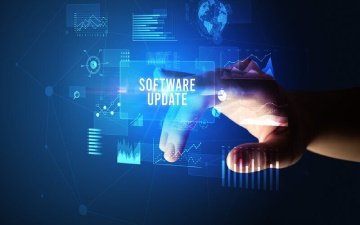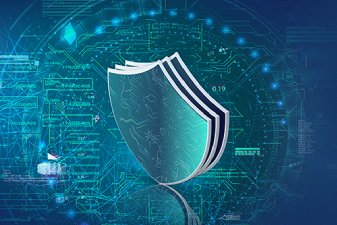The Billion-Dollar Threat: Tips to Mitigate Ransomware Risk
For the first half of 2025, the average ransom payment was approximately $1.13 million, with the median around $400,000, highlighting the severity of the situation and the urgent need for action by organizations to mitigate the ransomware risk.
The Threat of Ransomware
Ransomware Stats
$2.73 Million: Average ransom in 2024
$1 Million: Increase in average ransom from 2023
21-27 days: Average downtime after an attack
The risk of a ransomware attack poses a significant threat to businesses, organizations, and individuals alike. These malicious attacks encrypt valuable data, rendering it inaccessible until a ransom is paid to the attackers. Beyond the financial impact, ransomware attacks can also result in significant downtime, reputational damage, and potential legal repercussions. The ransomware threat landscape is growing in 2024.
The Evolution of Ransomware
Over the years, ransomware has evolved from simple, opportunistic attacks to highly sophisticated and targeted operations. Modern ransomware uses advanced encryption techniques, making it nearly impossible to decrypt without paying the ransom. Attackers now employ double extortion tactics, not only encrypting data but also threatening to publicly release sensitive information if their demands are not met. Additionally, ransomware-as-a-service (RaaS) models have emerged, allowing even low-skilled cybercriminals to launch devastating attacks. The increased connectivity of devices and the rise of remote work have also expanded the attack surface, making it easier for ransomware to infiltrate systems. This evolution has made ransomware more dangerous, as it poses greater financial, operational, and reputational risks to victims.
How to Mitigate Ransomware Risk
However, there are steps we can take to mitigate the risk of falling victim to ransomware:
Employee Training
Educating employees about the dangers of phishing emails, suspicious links, and downloads is crucial. Human error is often the weakest link in cybersecurity, so providing comprehensive training on recognizing and avoiding potential threats is essential.
Regular Backups
Implementing a robust backup strategy is vital for protecting critical data. Regularly backing up data to offline or cloud storage ensures that even if a ransomware attack occurs, you can restore your systems and minimize the impact.
Up-to-Date Software and Security Patches
Keeping software and security systems up to date is essential for closing vulnerabilities that ransomware attackers exploit. Regularly installing updates and patches helps to strengthen your defenses against emerging threats.
Multi-Layered Security
Utilize a multi-layered approach to cybersecurity, incorporating firewalls, antivirus software, intrusion detection systems, zero-trust and other security measures. Each layer adds an extra barrier of protection, making it more difficult for attackers to penetrate your systems.
Incident Response Plan
Develop a comprehensive incident response plan outlining the steps to take in the event of a ransomware attack. Having a well-defined plan in place enables you organization to respond quickly and effectively, minimizing the impact of the attack.
Continuous Evaluation
Remember, proactive planning is key to safeguarding your data and systems against ransomware threats.
Stay vigilant and regularly evaluate your security measures to stay one step ahead of cyber adversaries.
One of the most critical starting points is understanding how AI-driven threats exploit external vulnerabilities—explored in our blog Why AI Demands Flawless Blocking and Tackling | Starting with External Risk.
By taking proactive measures to strengthen our cybersecurity defenses, Burwood can help protect your organization from falling victim to ransomware attacks. Together, we can work towards creating a safer and more secure digital environment for all.
Need an expert partner to support ransomware threat mitigation? Contact us now







